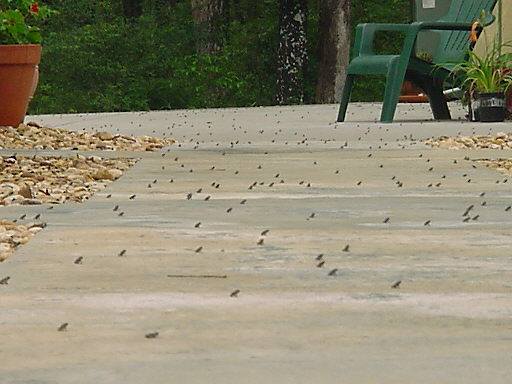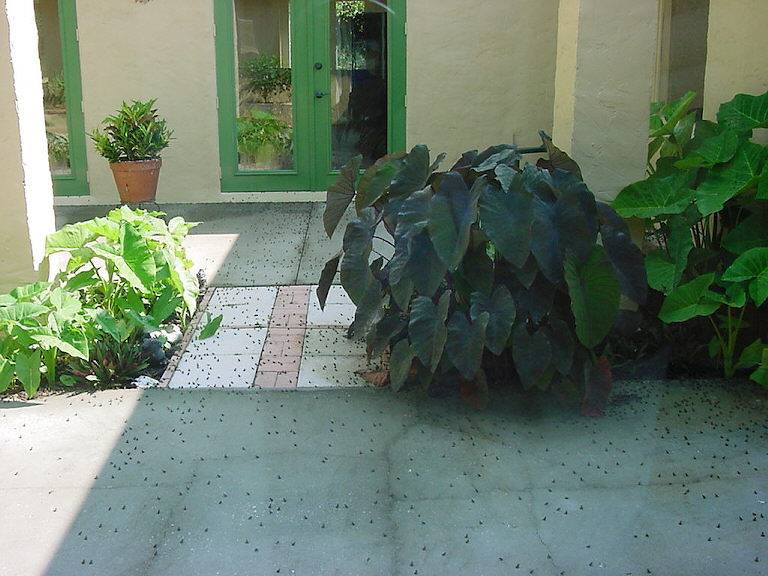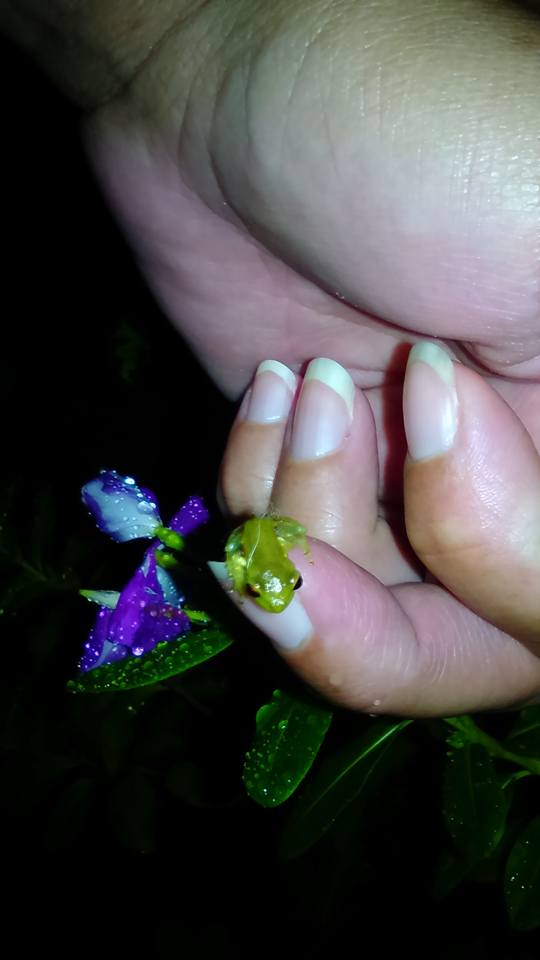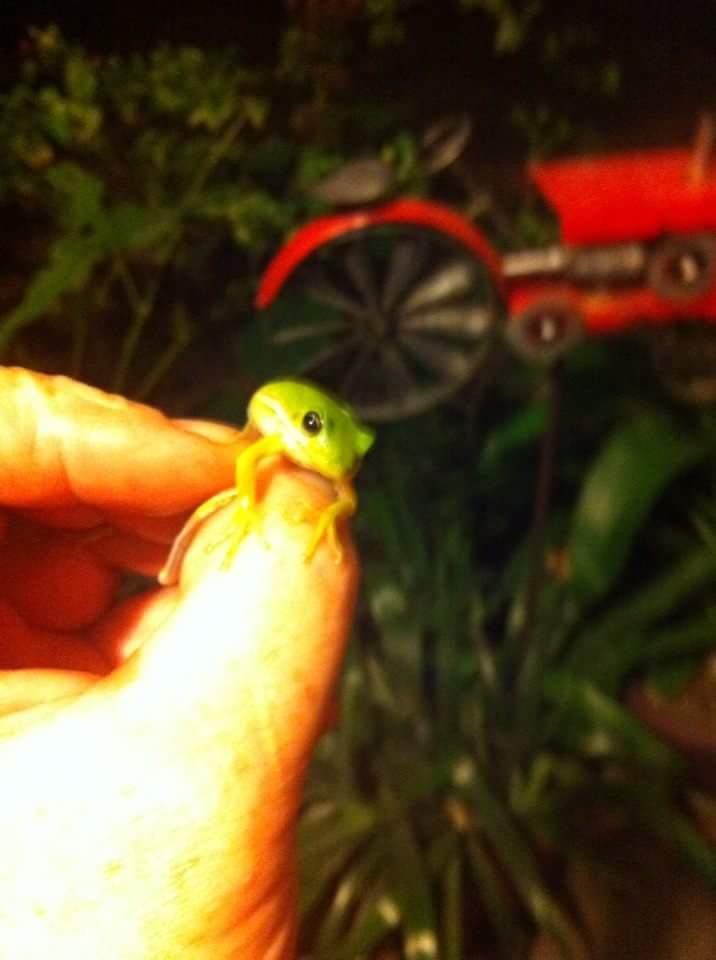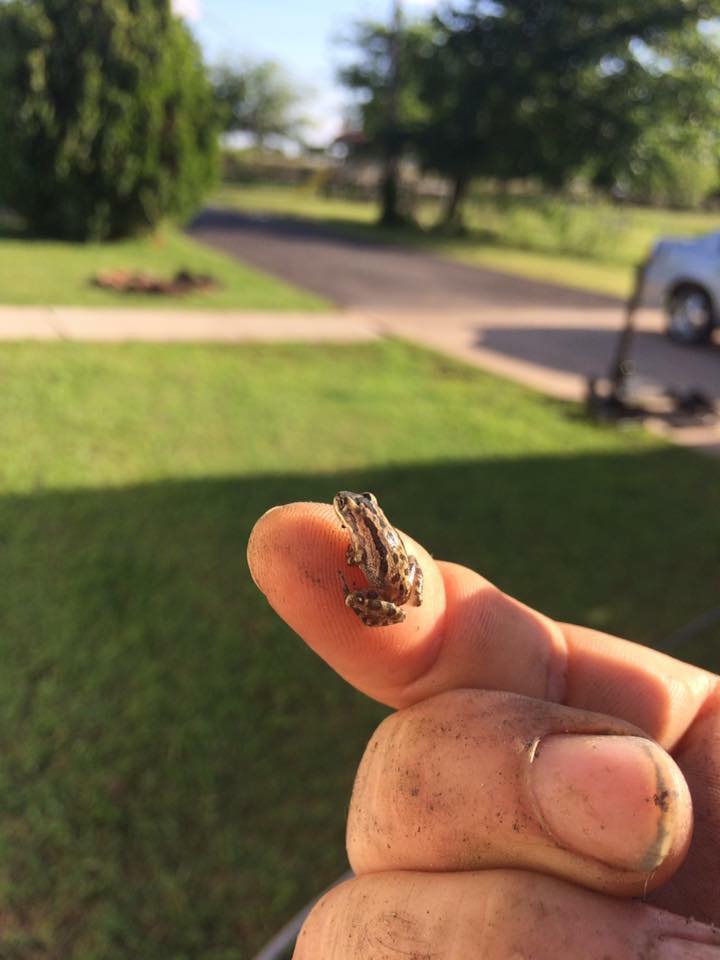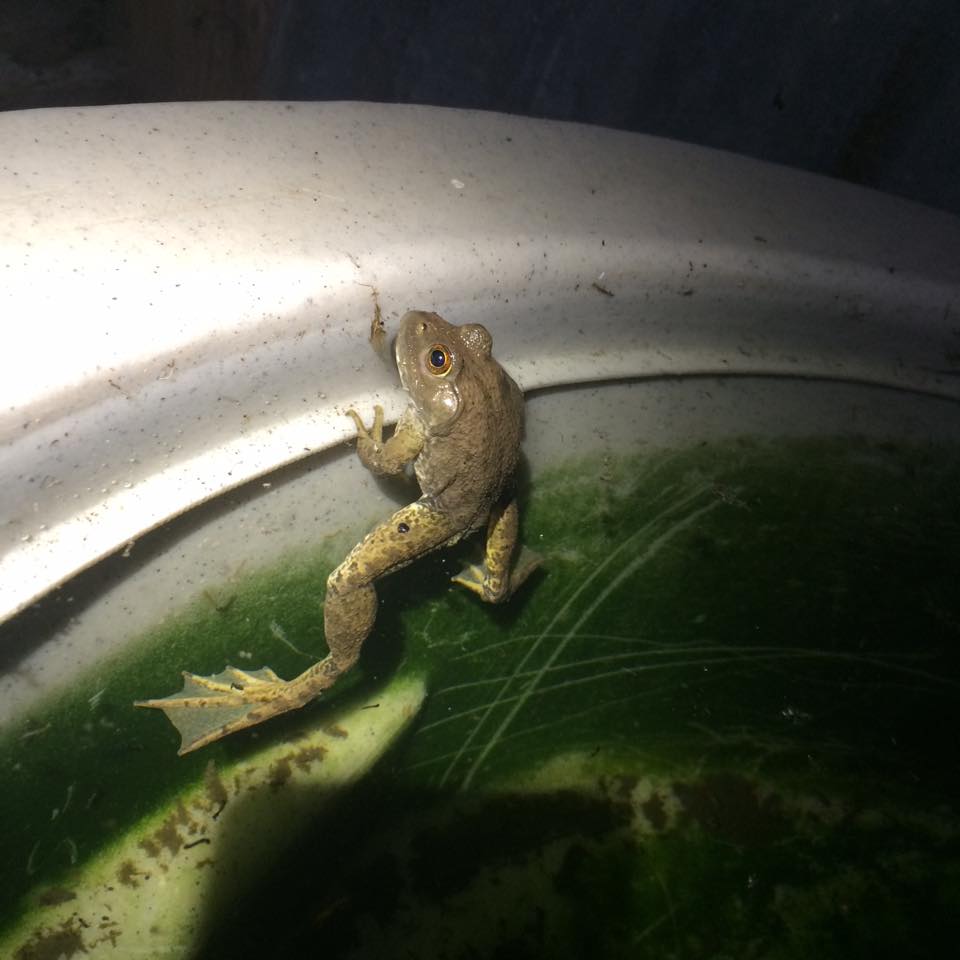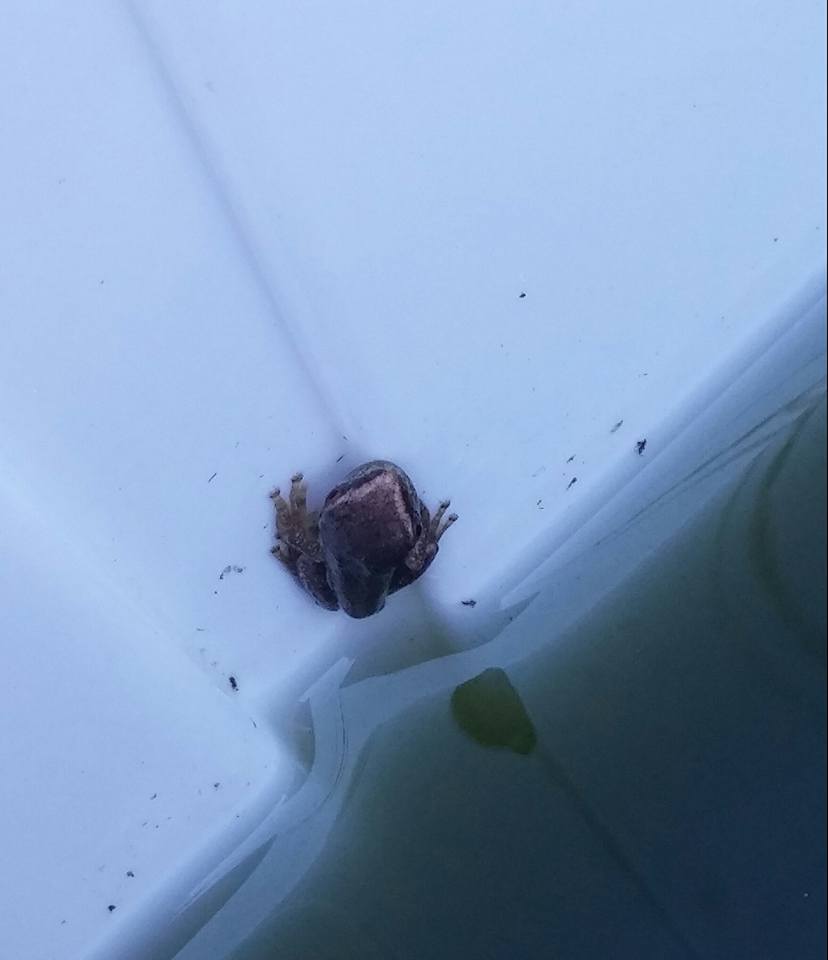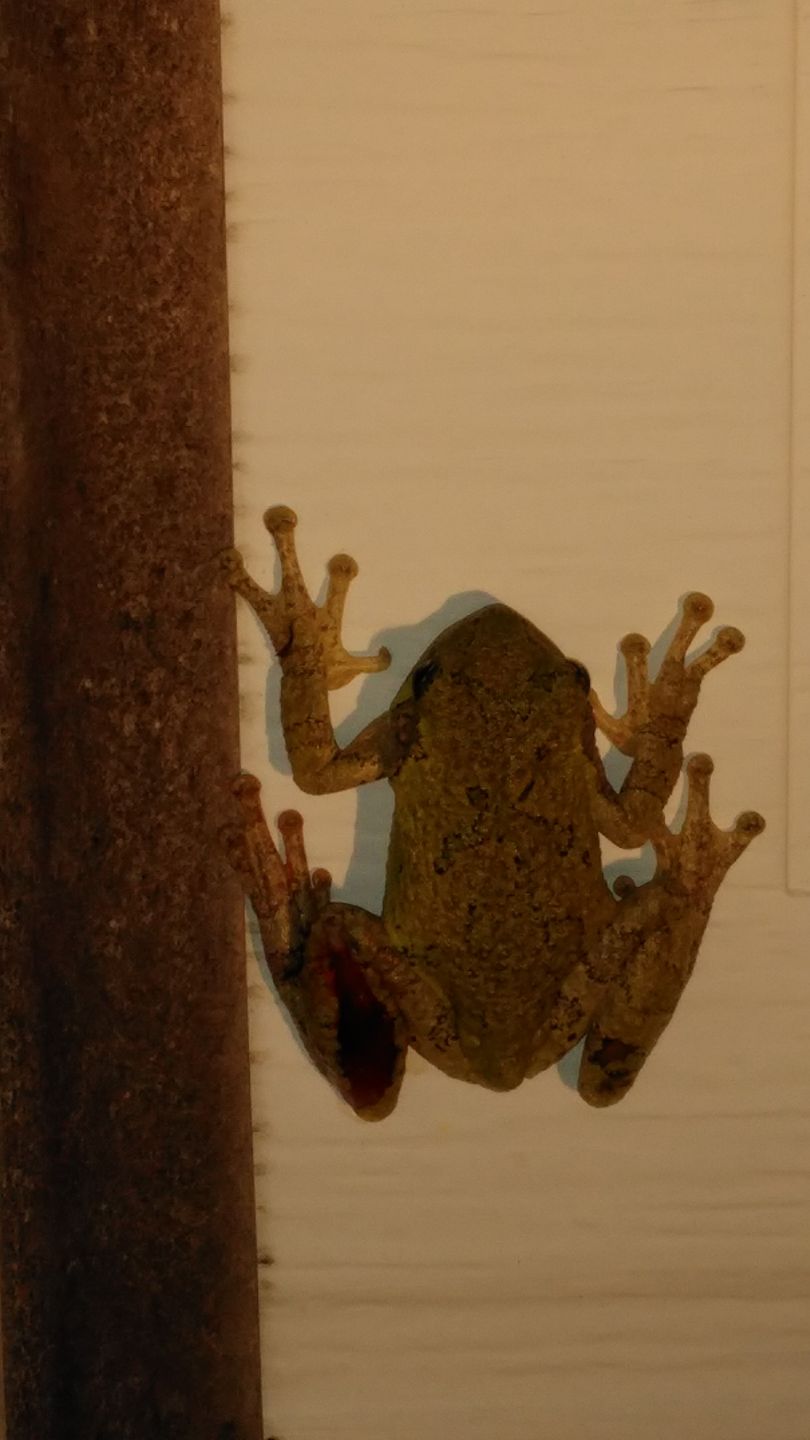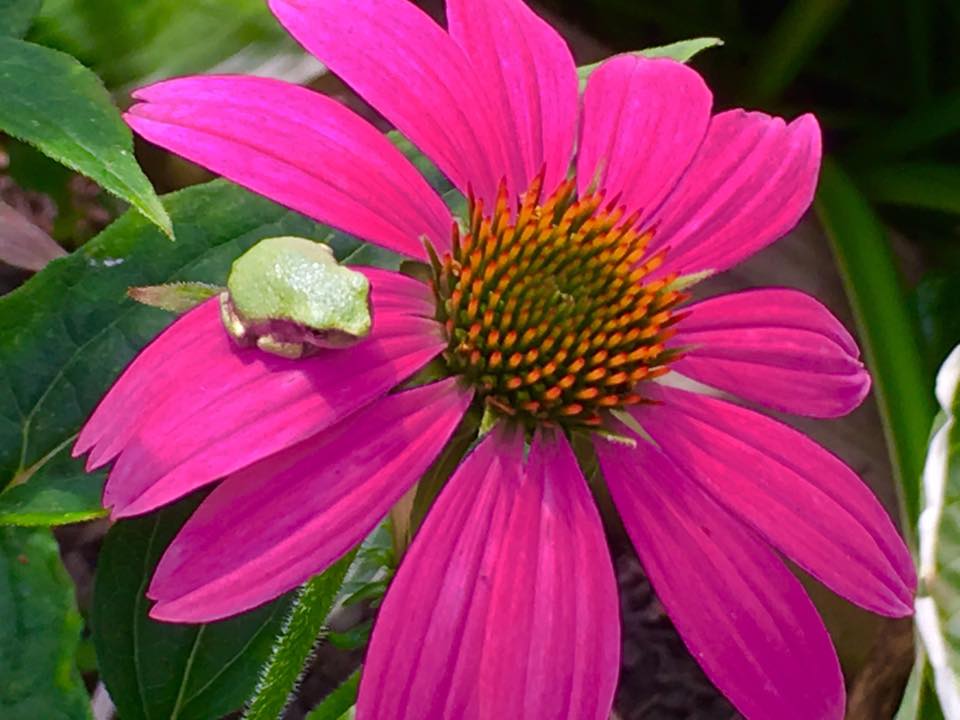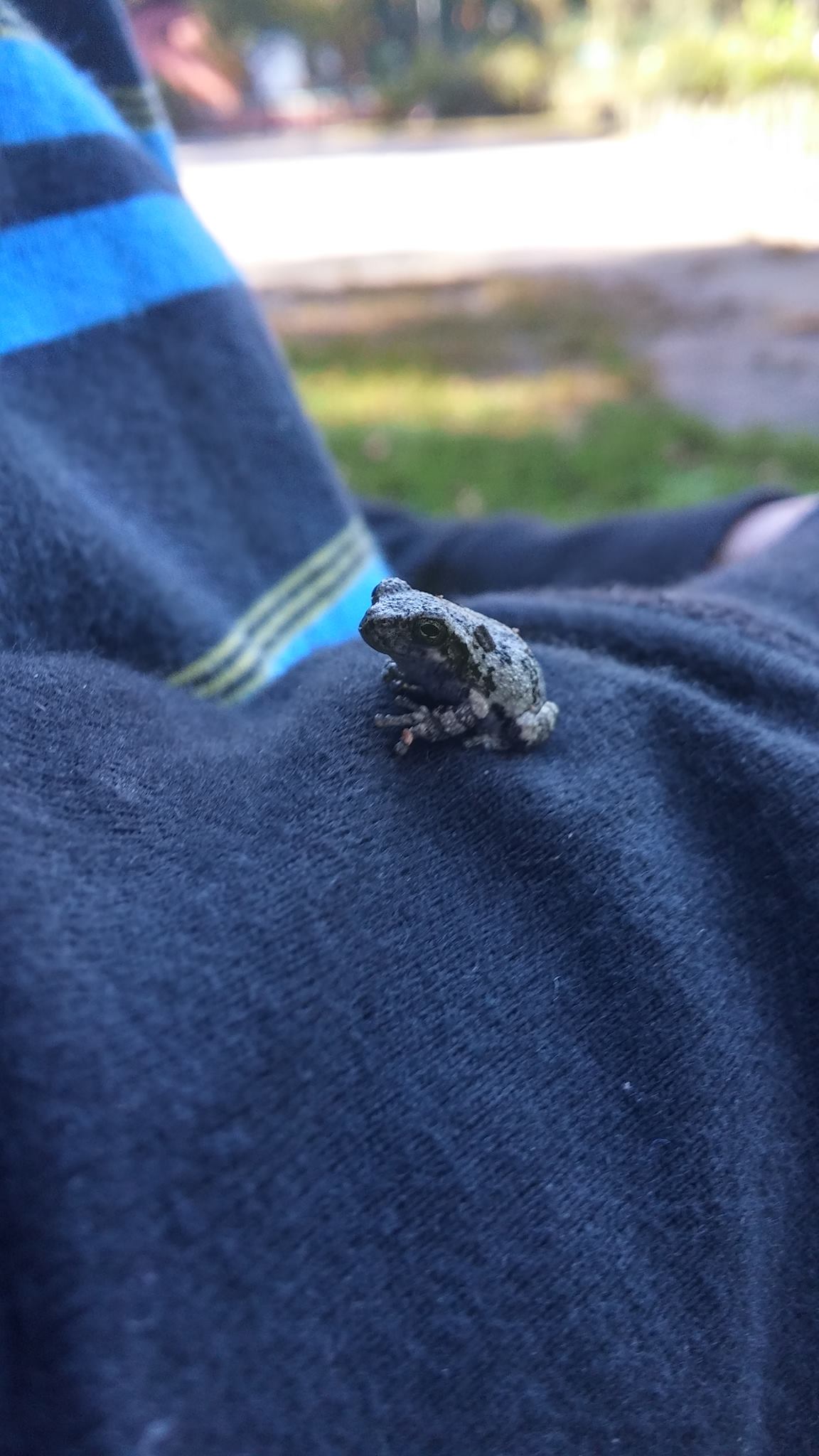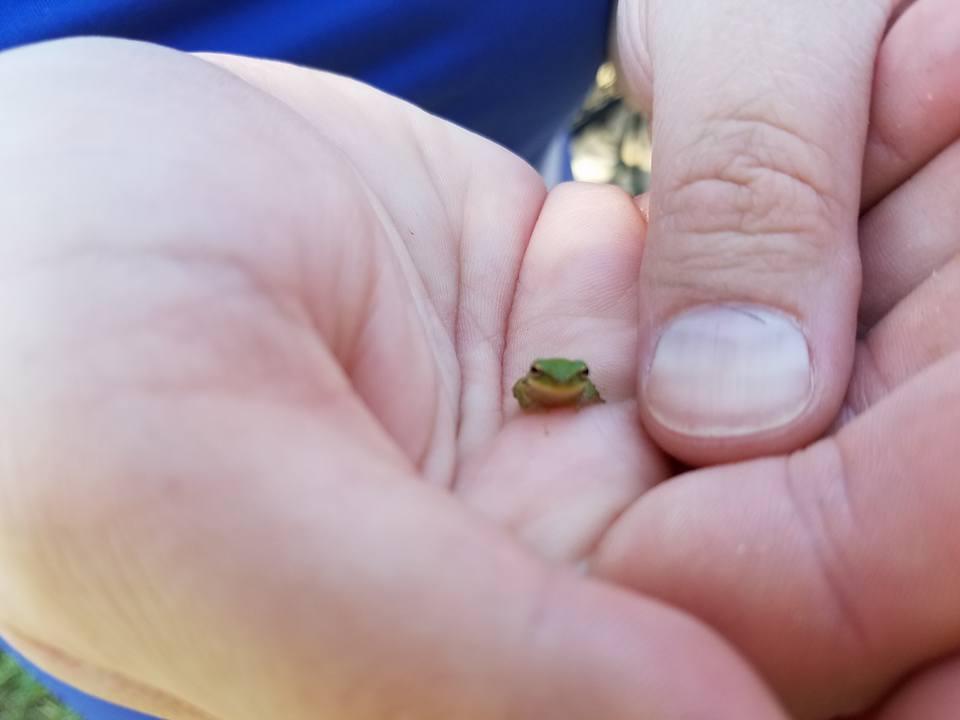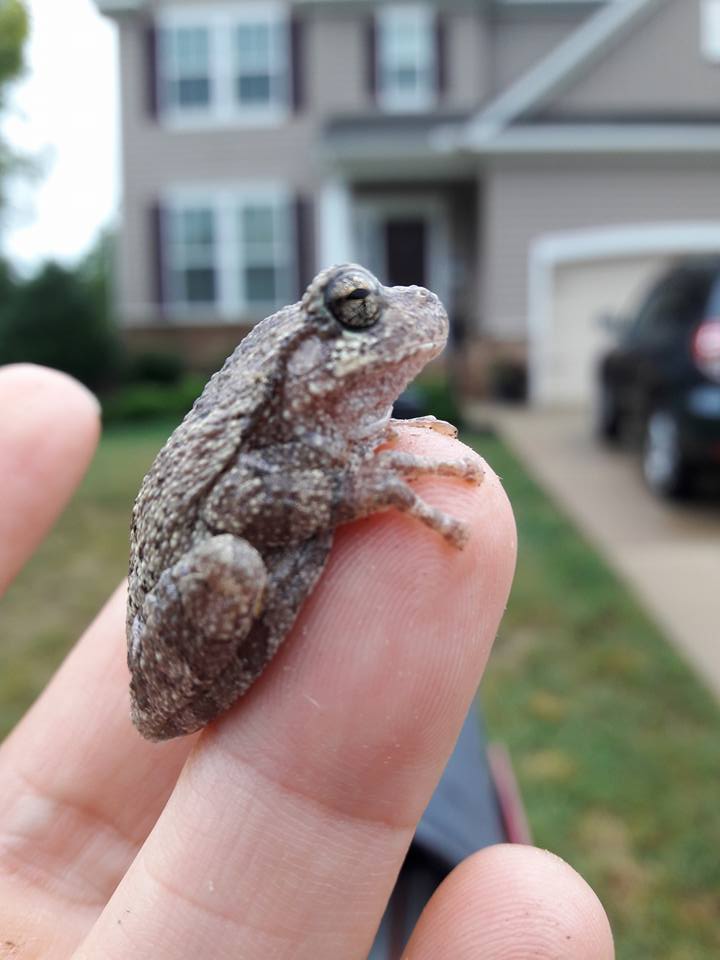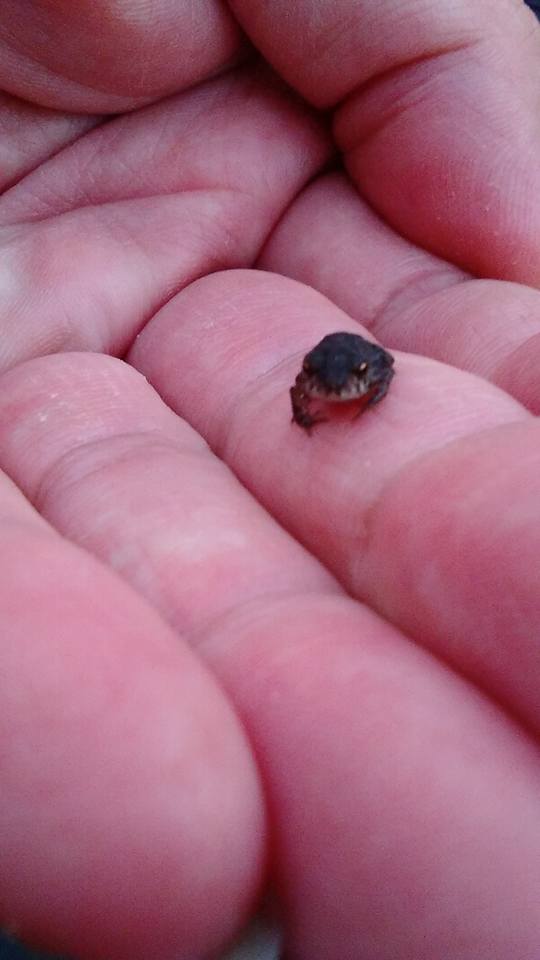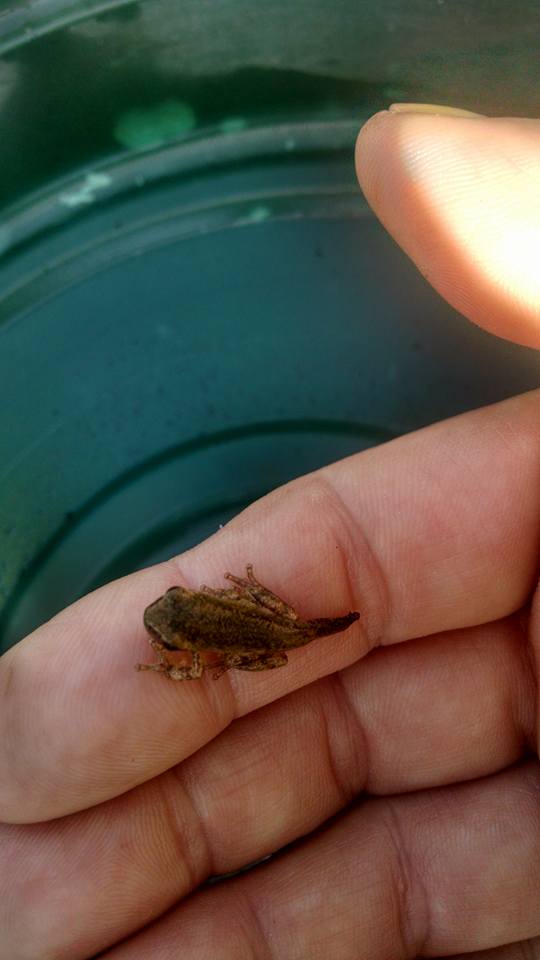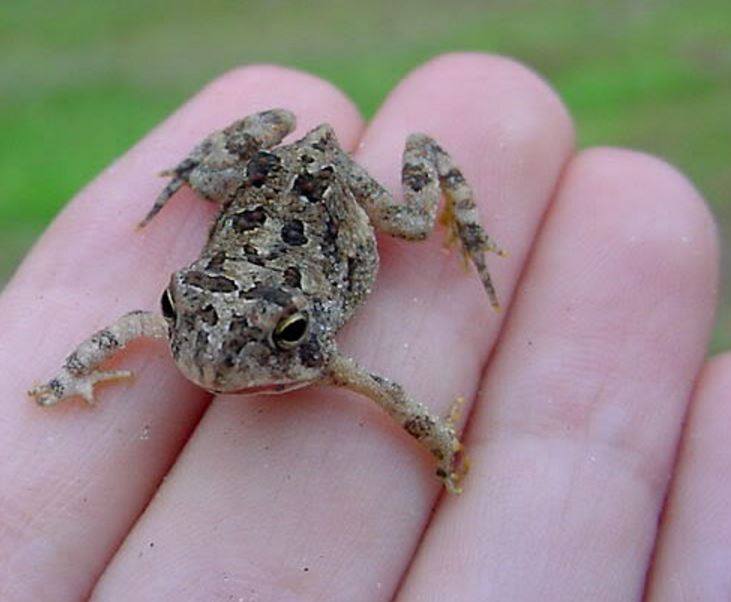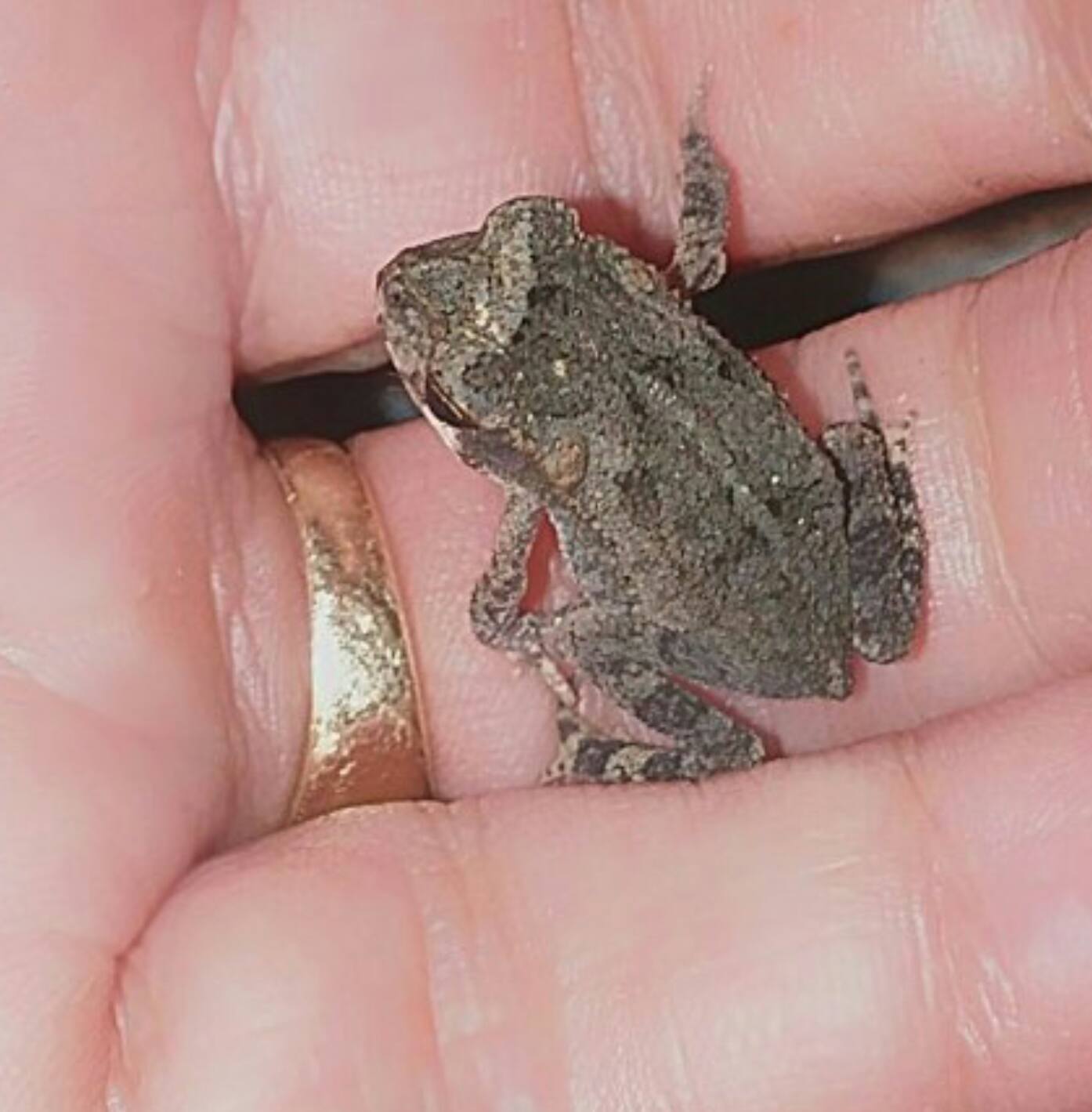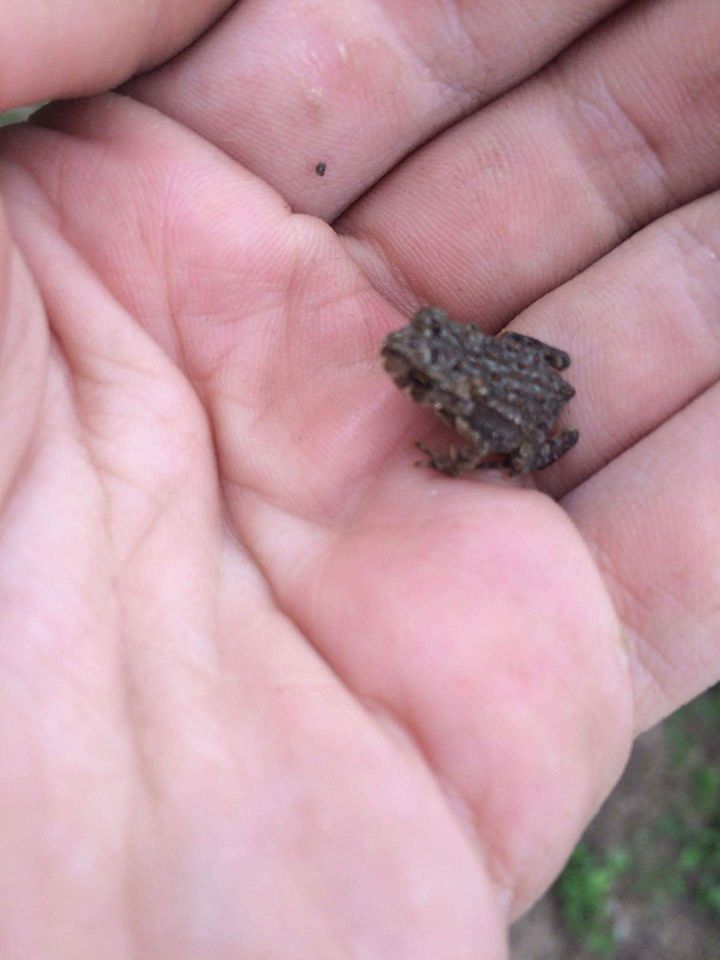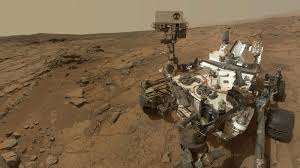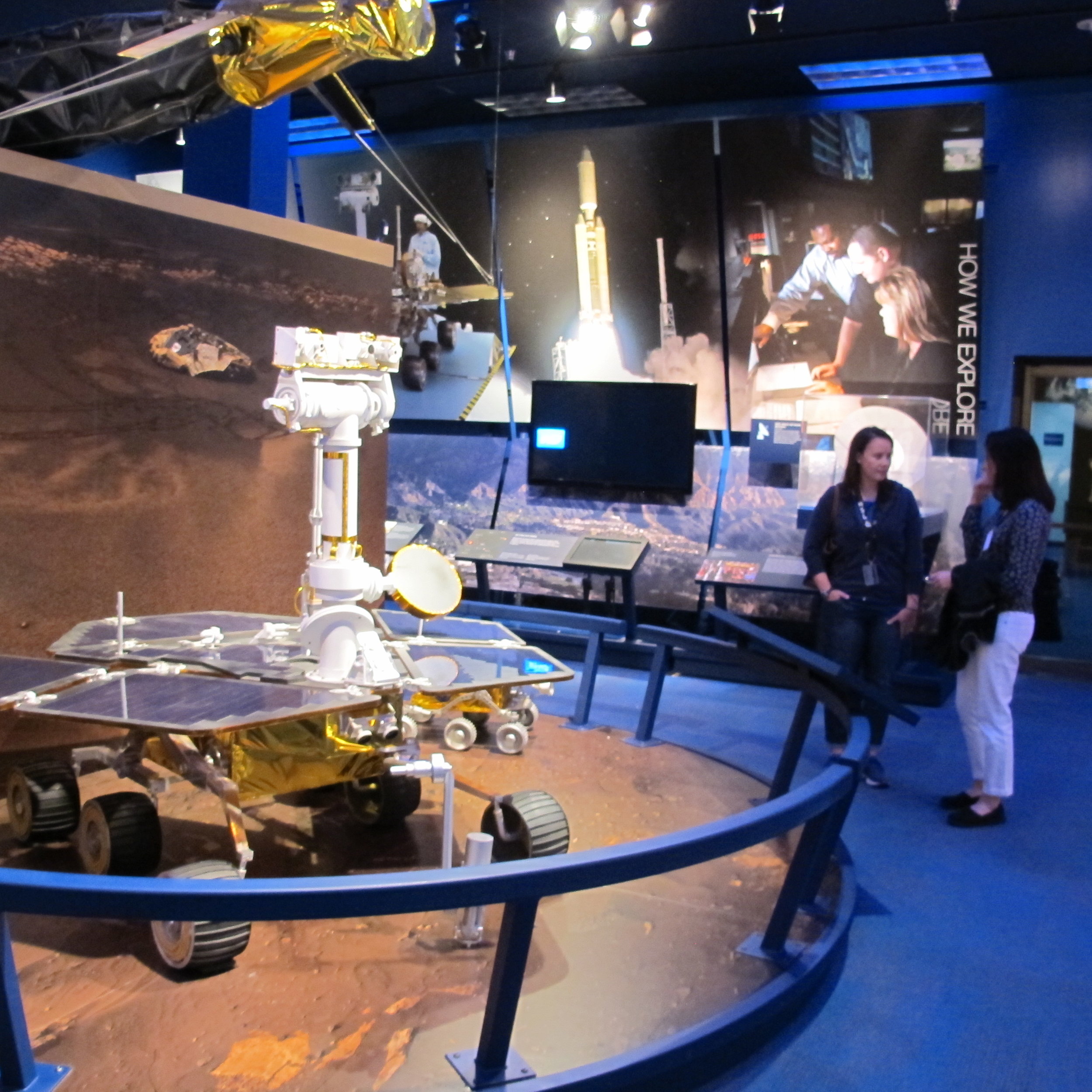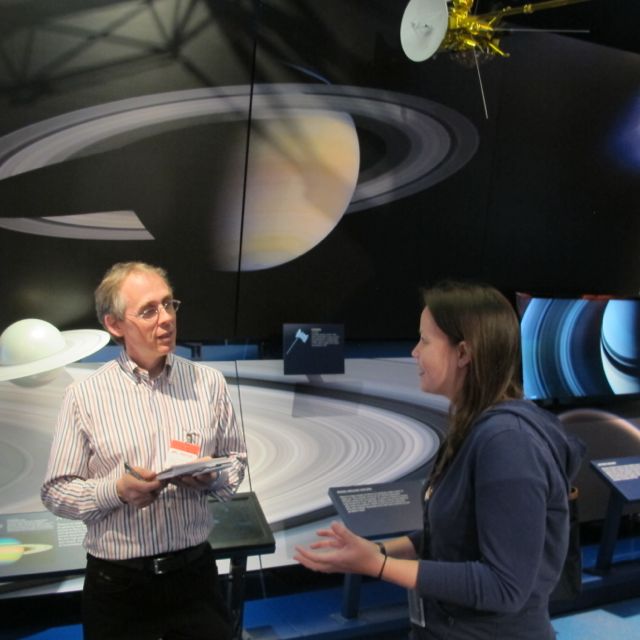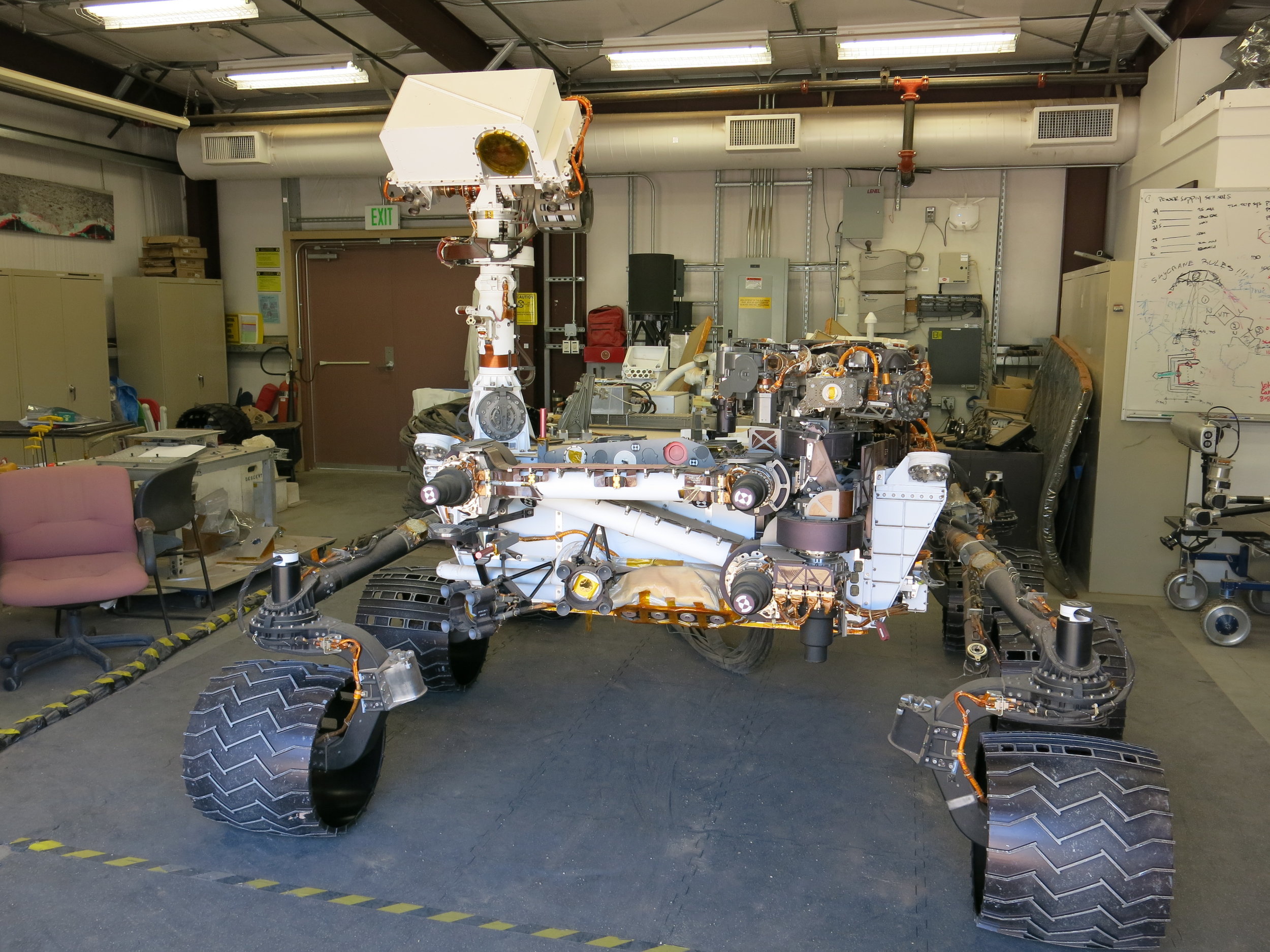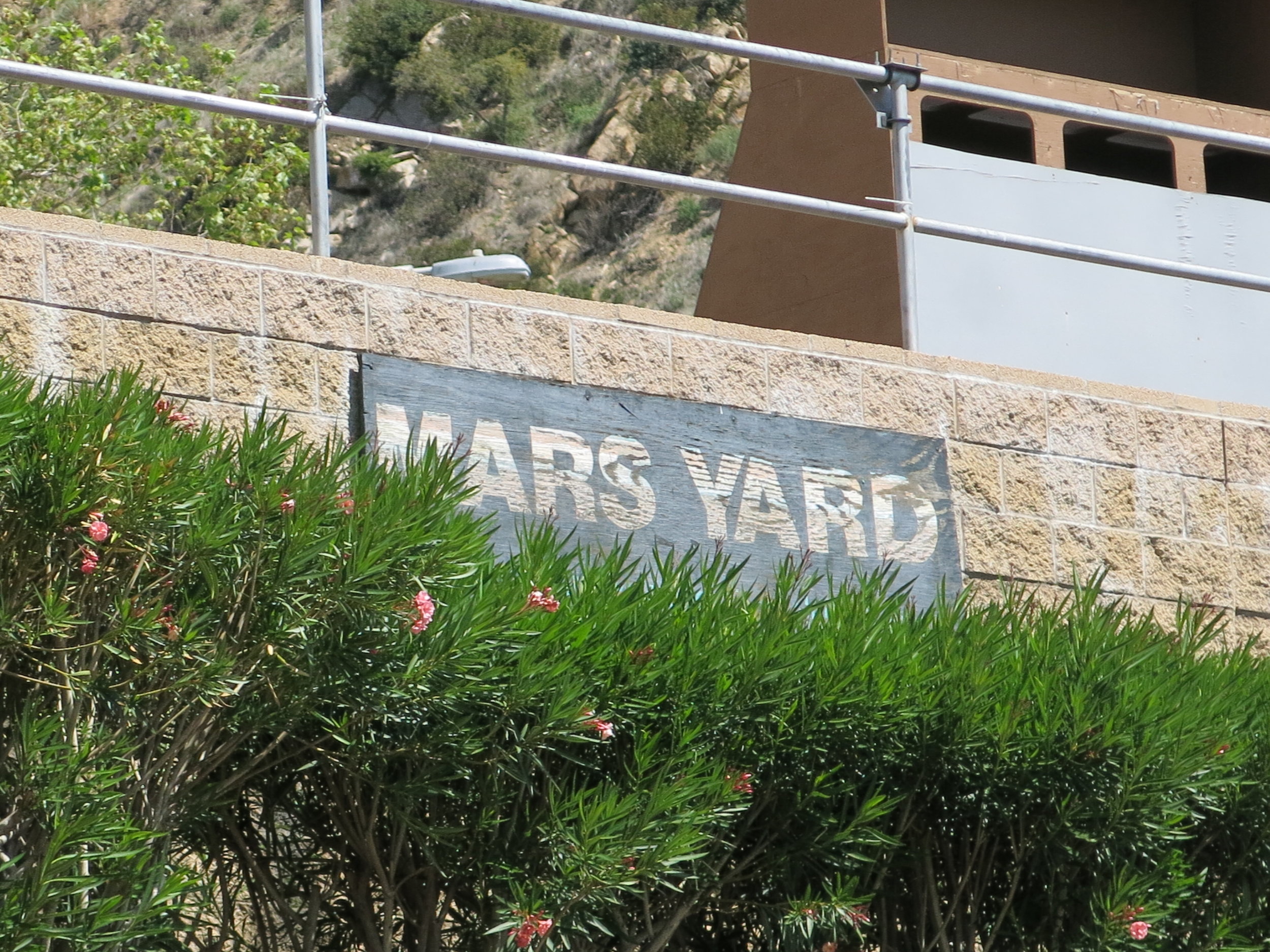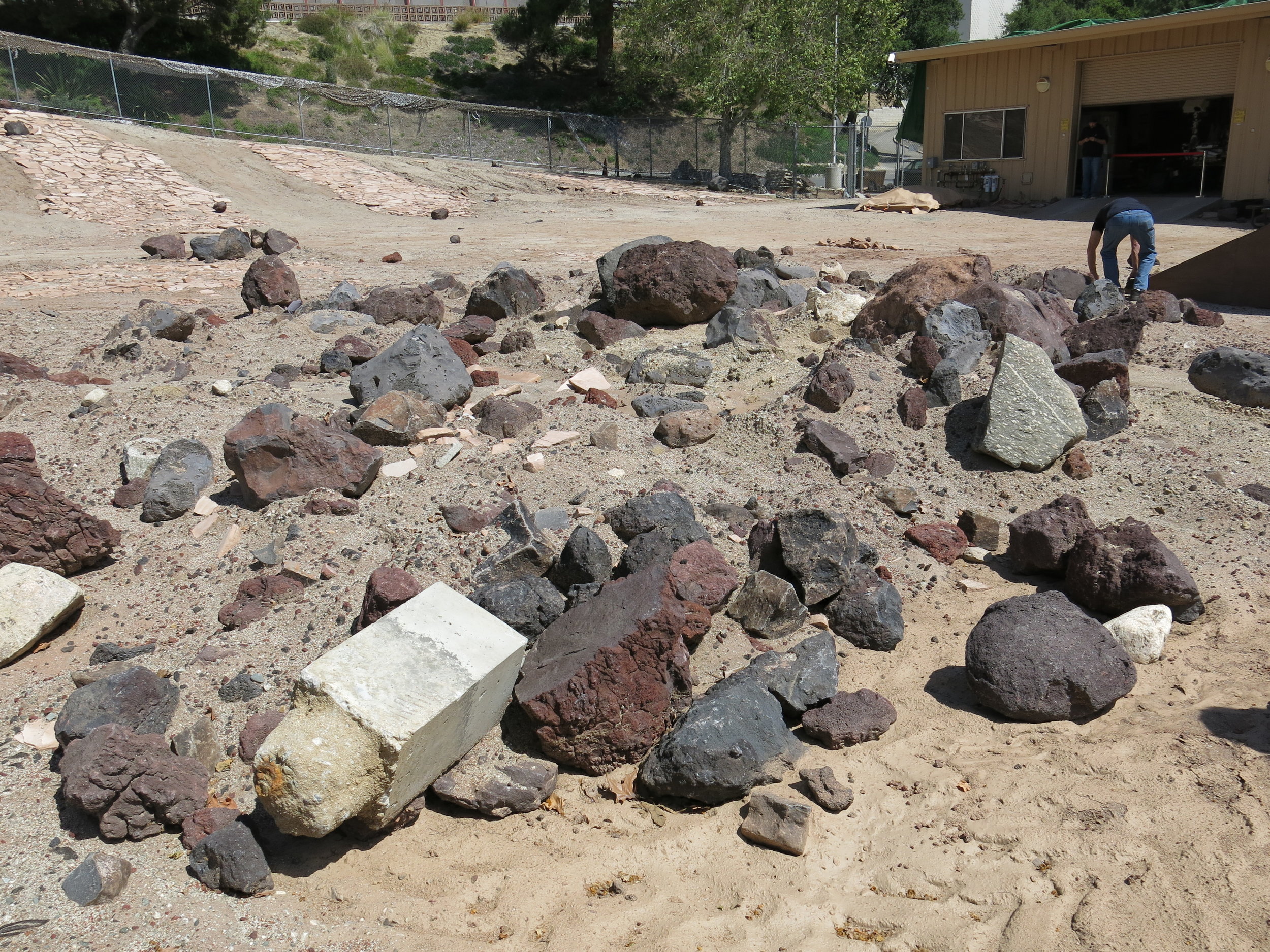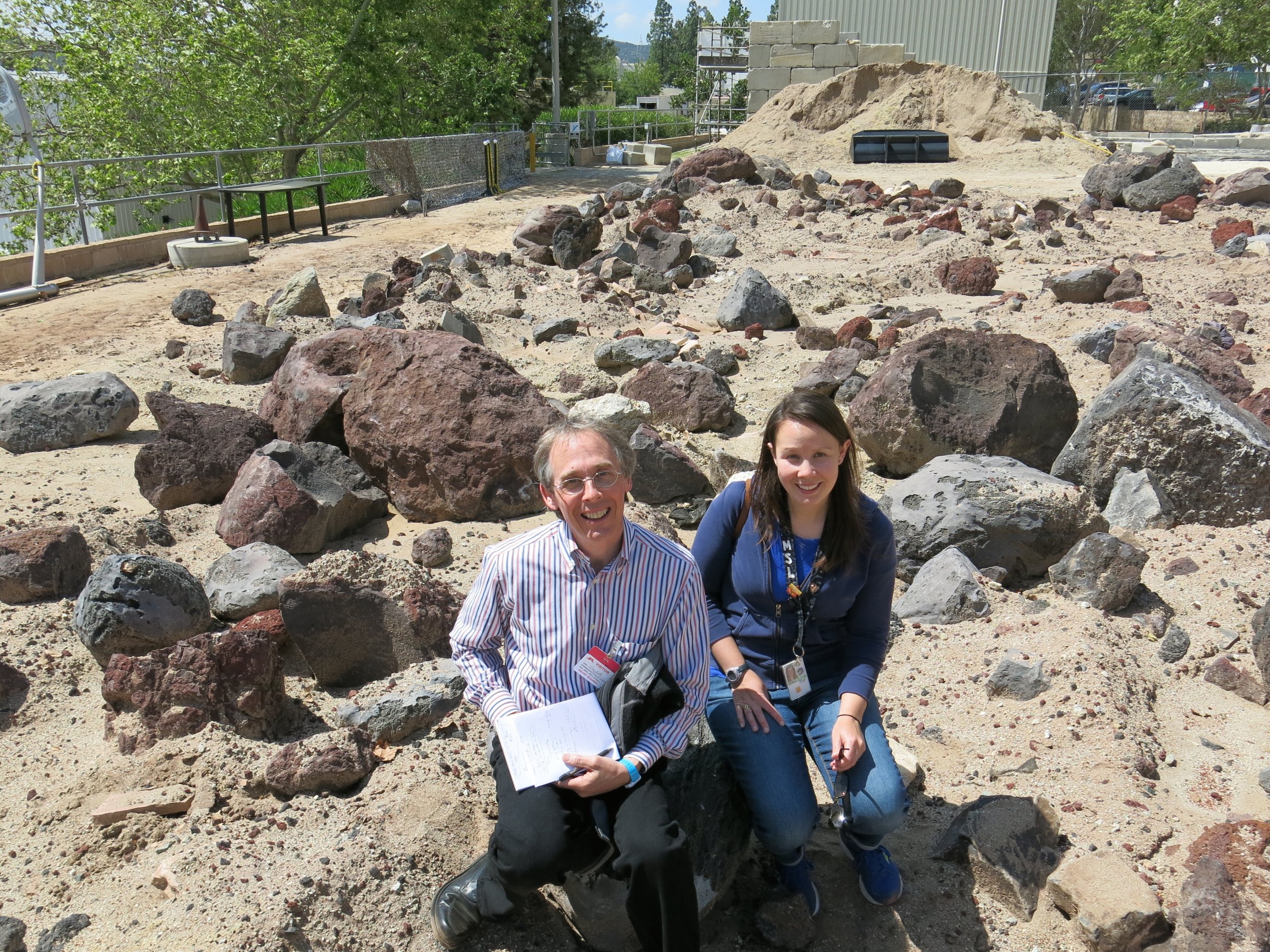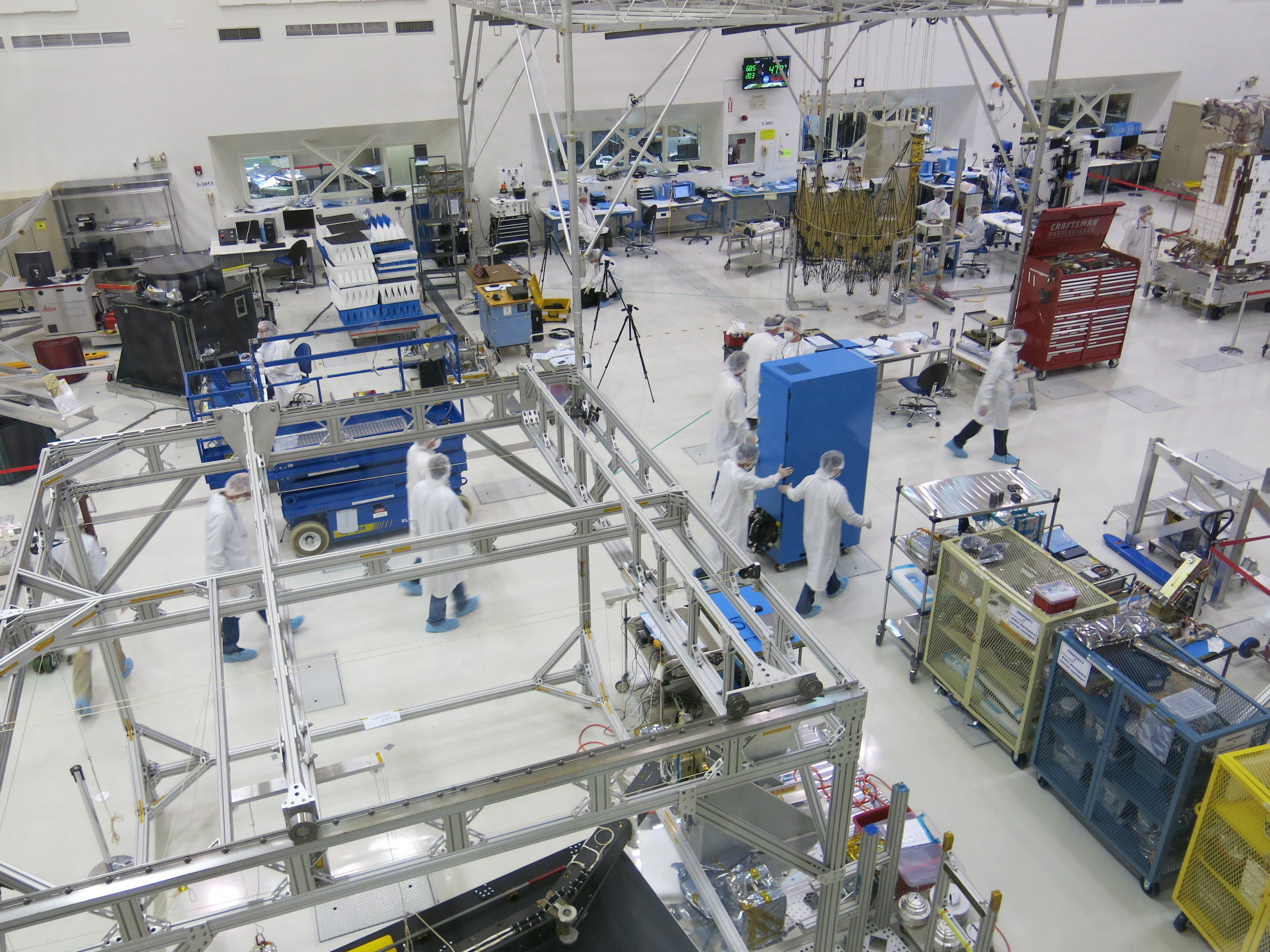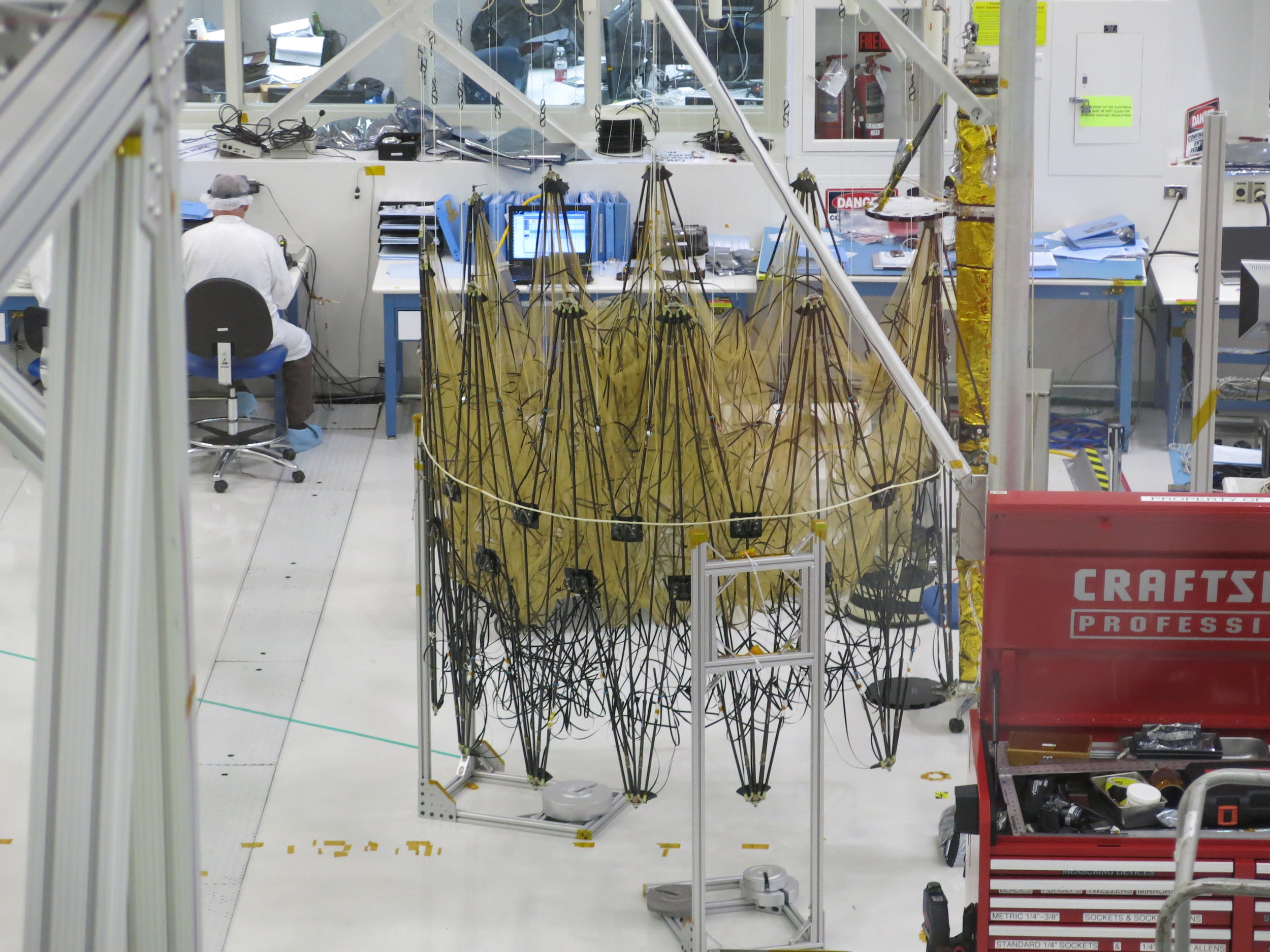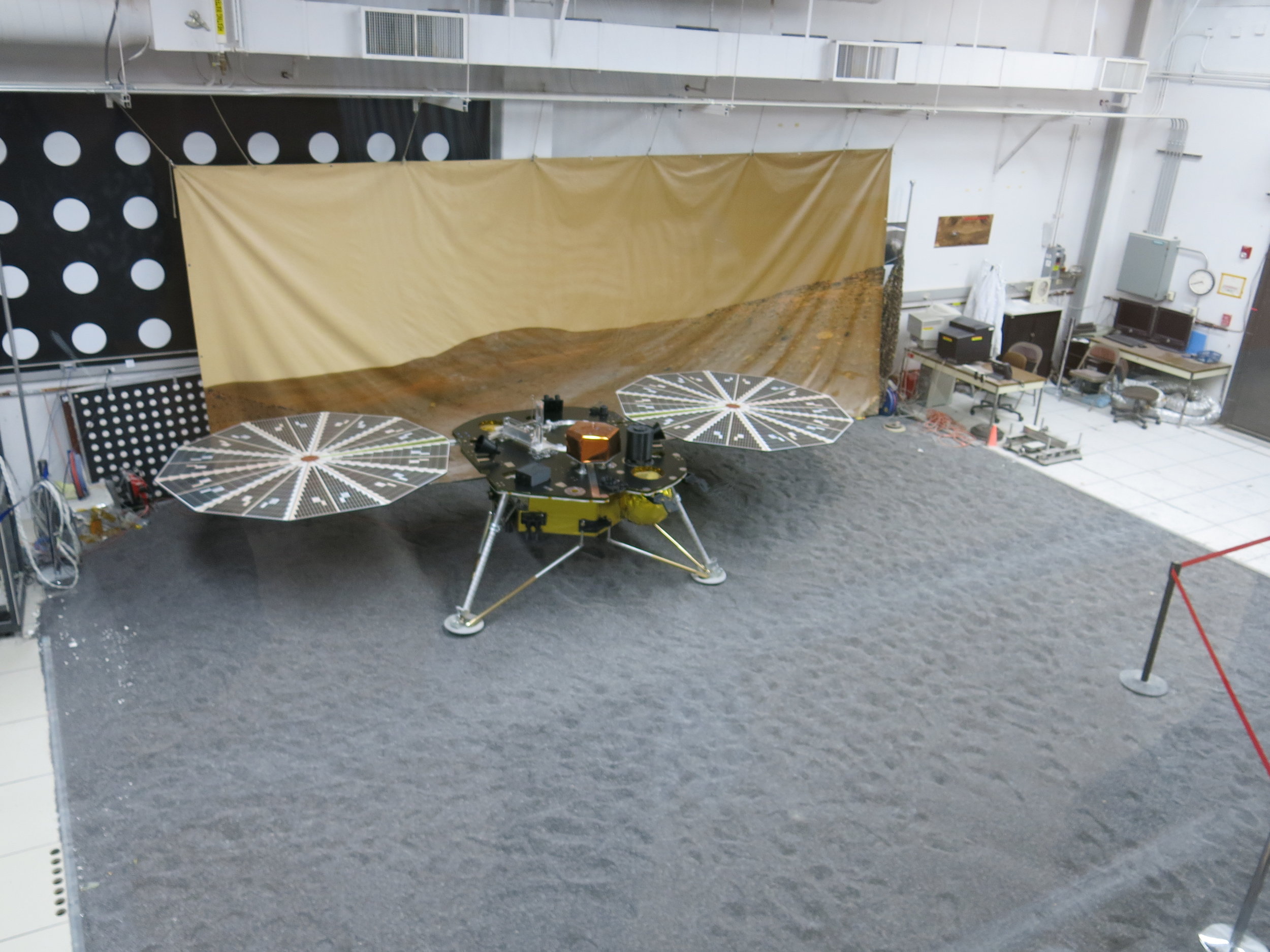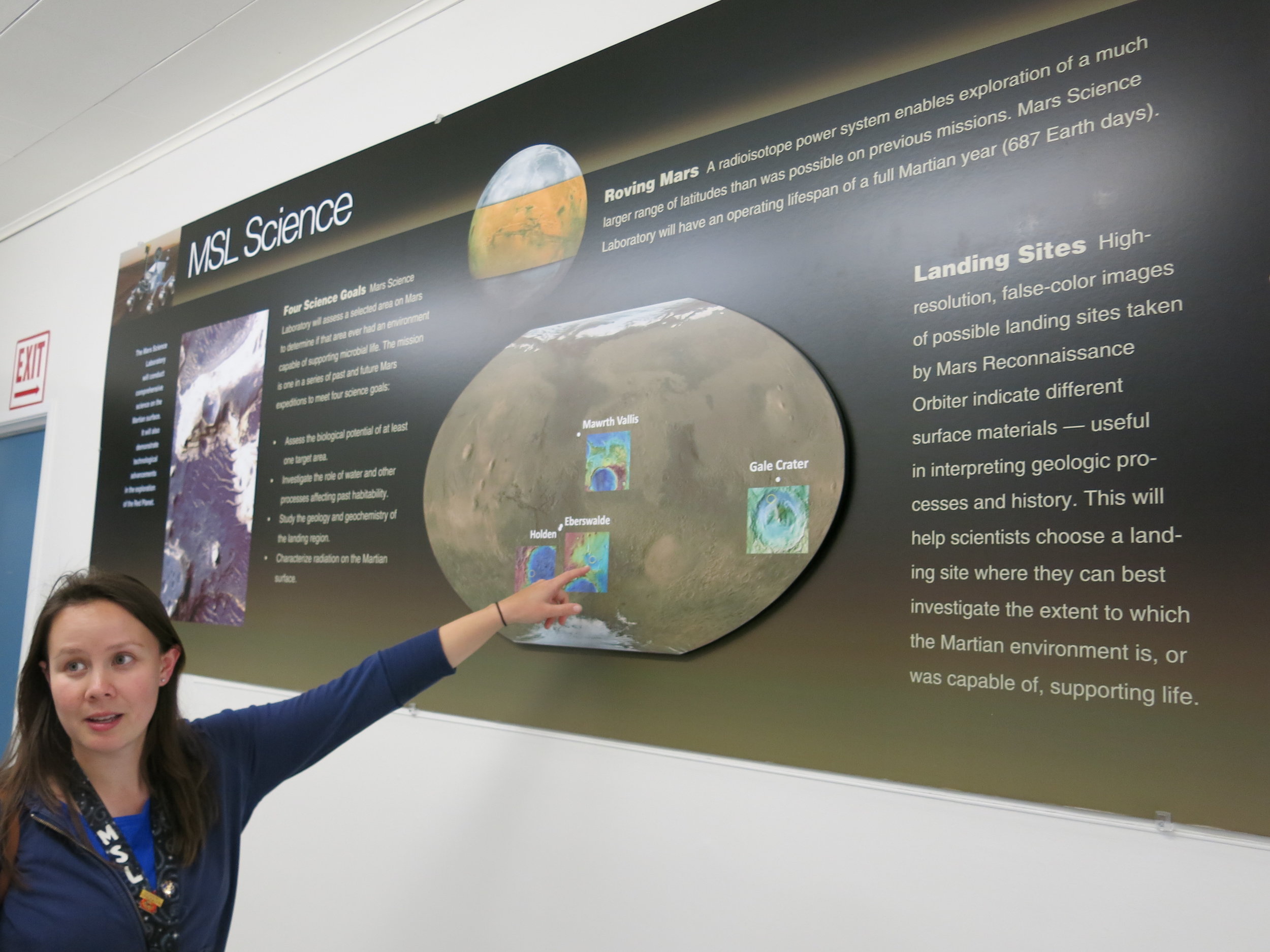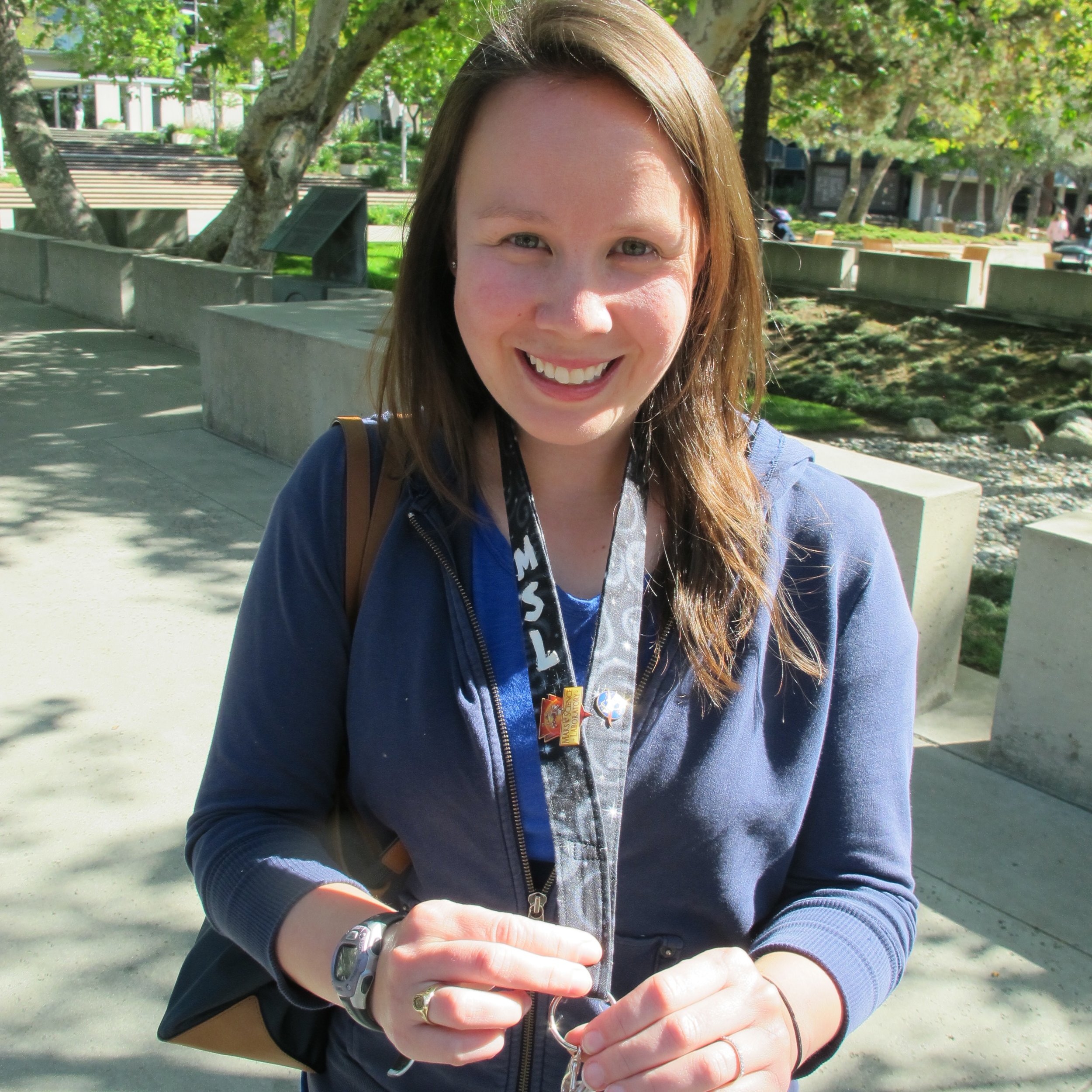• From Katie Blue: "My elementary school had ducks that laid eggs in the courtyard. Certain classes would get to make a human wall across the gym when it was time to let them leave."
• From Robyn Roberts Cooper: "There is a children's picture book about this very thing! It's called Toad Weather by Sandra Markle."
• From Jean Eno: "Years ago we stopped mowing our little patch of lawn where little toadlets feed every year. In addition to saving their lives, we now have far greater diversity of vegetation, and of course insects, and then of course birds and other wildlife. And we don't have to mow anymore, because the naturalization self-regulates!"
• From Pattie Roggenkamp: "Love this story! We have 100s of these little guys in the late spring. So cute! Mowing the lawn becomes a challenge!!"
• From Vangi Burnett: "Good to know that I'm not the only one that rescues baby toads."
• From Kathleen May: "We herd frogs off the road in our neighborhood when we walk at night!!"
• From Candy Everly Gore: "Even when I'm turning my compost pile, I try to move the earthworms so I don't hurt them. lol"
• From Jeanette Locher: "I've stopped traffic on a busy road to allow mama to cross with her brood of ducklings!"
• From Kim Engels White: "I always bring in American toad eggs from my pond, and put them in an aquarium to raise. My kids get to watch the process. This year I released 111 toadlets back into my garden. I put them under the tomatoes, and raspberry bushes where I get fruit flies."
• From Madelyn King: "We don't clean our pool in spring until the frogs start relocating (have a salt system on pool—no chemicals). They have a spot they love to use for breeding, so we dug it deeper and we add water if we don't get enough rain. Around here, you're instructed to watch your step. Rules apply to everything...from spiders on up. Harm nothing or go away."
• From Peter Falotico: "Great story and I too have the problem in the spring with mowing the lawn or figuring out how to chase the hundreds of little frogs and toads away. Easy choice for me. I love them."
• From Mary K. Donigan: "Thanks so much for this post! It was much appreciated today when I needed some affirmation about the basic goodness of people! And brought back so many wonderful memories of my frog and toad friends!"
• From Jean Price: "Loving nature...an investment in ourselves and our world!! Pays good dividends, too!!"
—Craig Neff and Pamelia Markwood

